Inside: Here are 9 super fun ocean activities for grandparents to do with grandkids. Fishing, drawing, painting, books & crafts—great ways to make the ocean come alive!
Ocean Activities for Grandkids
For 40 years our family lived 10 minutes from the Pacific Ocean in Southern California. We could feel the ocean breezes and our kids loved going to the beach and digging and burying their feet in the sand as they watched the waves splash against the shore.
There is something therapeutic about water, sand, and ocean breezes.
Did you know that children can use their 5 senses at the beach?
- hearing the sounds of the waves hitting against the shore
- smelling the ocean breeze
- seeing seagulls flying in the sky
- touching and digging in the sand
- tasting the salty ocean air
This week our grandparent/grandchildren theme is “Ocean Activities”—9 activities that remind grandkids of sun, sand, and turf.
#1 Fishing at a Fish Farm
Traditional fishing is great, but when you have little grandkids and you want them to all catch a fish—you go to a fish farm—because catching a fish is a guarantee! (no, this isn’t the ocean—but lakes are a close second)!
Find out the location of fish farms in your area. At our local fish farm, all four of our grandkids caught a fish—within the first 15 seconds of throwing in their lines.
Here are some things we learned:
- You don’t need a fishing pole for each child. Each of our grandkids had a fishing pole and they caught fish at the same time. We helped the first grandchild take the fish off her hook, then went to help the next grandchild. Before we knew it, the first grandchild threw in her line again—catching another fish. This means you end up with lots of fish!
- We had the fish cleaned and fileted at the farm and then sent them home for their parents to cook.
- Read the book, Piggy and Dad Go Fishing by David Martin prior to going to the fish farm—it’s a fun book and discusses the trials of fishing with little kids—they don’t want their fish killed!
#2 Fish & Ocean: An Alcohol & Comb Painting
When you’re creating the ocean on paper—be creative and use different mediums!
We created this ocean using rubbing alcohol and watercolors and the textured fish using acrylic paints and a comb.
Here’s what you need to make these mini-art pieces:
Supplies
- Liquid watercolors
- Watercolor paper
- 70% Isopropyl alcohol
- Acrylic paints
- Cardstock paper
- Comb
- Fish template
Directions to Make the Ocean
- Using watercolors, paint circles of color on the watercolor paper. Be careful NOT to mix the colors
- When it’s still wet, sprinkle alcohol over the watercolors using a paintbrush. The watercolors will separate creating an interesting texture
- Let dry
Directions to Make the Fish
- On cardstock paper squeeze out different colors of acrylic paint in a vertical line
- Using a large paintbrush—wipe the paint across the paper with ONE stroke creating lines of colored paint
- Take your comb and with a side-to-side motion, scrape the comb across the page creating a swirling design.
- Let dry
- Cut out a fish family from the painted cardstock.
- Glue the fish onto your ocean
#3 Ocean Activities: Painting the Ocean
This ocean activity requires three steps before completion, and there’s a waiting time between each step.
The first step is painting the canvas.
Supplies
- Canvas
- Tempera paints: white, green & 2 blue colors
- Glitter
- 2 dishes for mixing paint
- Foam brushes
Directions
- Squirt blue and green paint in each dish
- Squirt white paint on each color and have the grandkids mix the colors to create lighter blues and greens–the colors of the ocean. Psychologists say that children who like mixing paint colors are calmer and more connected to their emotions.
- Add glitter to the paint or wait until their ocean is complete to add glitter
- Using a foam brush, paint the entire canvas. Encourage them to paint short, brisk strokes to create an ocean texture
- Dry completely
#4 Ocean Activities: Dyeing Seashells
Step #2 is dyeing seashells which will later be glued onto the ocean canvas.
Supplies
- White seashells
- Containers to dye the shells
- Food Coloring
- Vinegar
- Water
- Paper towels
Mix together in a jar
- 1/3 cup water
- 3 Tablespoons white vinegar
- 20 drops of food coloring
Directions
- Put one or two seashells in the water/vinegar mixture
- Let the shells soak in the mixture for at least 5 minutes.
- Remove from liquid and let dry on paper towels
When dry, the grandkids can glue them onto their painted ocean canvas.
#5 Kitchen Ocean Activities: Making a Coral Reef
Step #3 is making a coral reef and putting the entire project together.
I’ve seen coral reefs made out of melted sugar and ice, but melted sugar is way too hot for little kids to work with so I decided to use melted chocolate instead. They turned out amazing!
Supplies
- Pebble ice
- Wilton Chocolate—in various colors
Directions
- Put about 6-8 cups of pebble ice in a deep dish
- Carefully melt the chocolate in a microwave (I do it in 30-second intervals)
- Pour the chocolate over the pebble ice
- The chocolate fills in around the pebble ice creating lots of nooks and crannies–similar to what you see when looking at different pictures of coral reefs.
- Let the ice melt, take out the chocolate and you have a colorful coral reef!
- Glue the reef to your ocean painting.
Your project is complete!
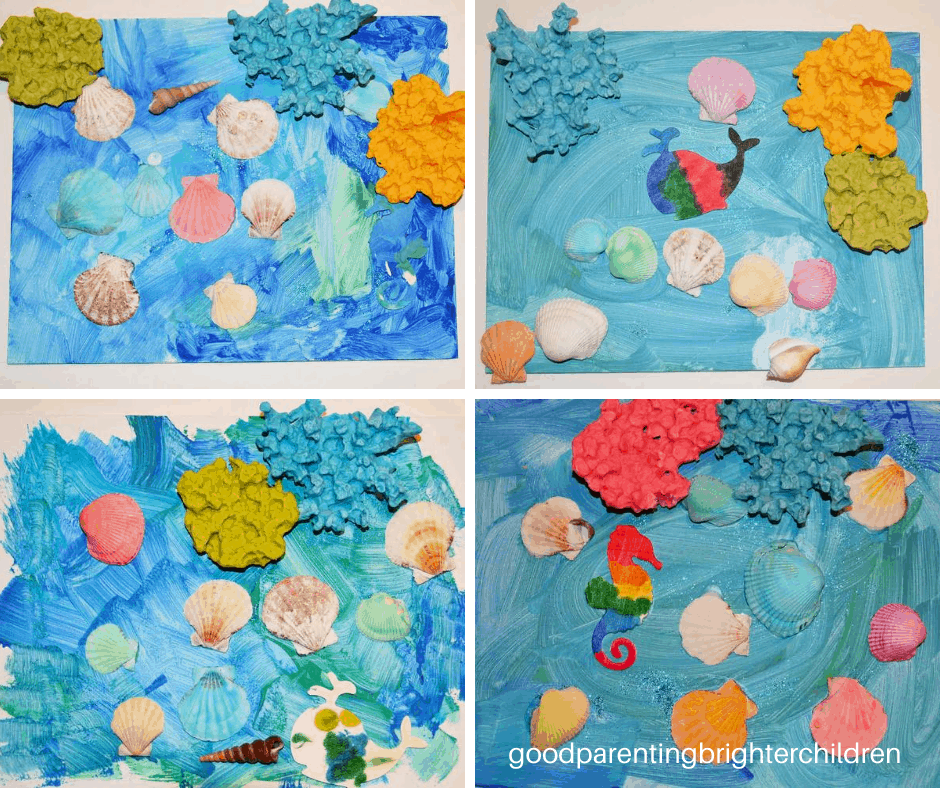
Here are the finished art projects. Can you see the colorful coral reefs? The dyed seashells? And the ocean background?
To create an educational experience; share these tips about coral reefs with your kids/grandkids:
- Coral is made from tiny organisms called polyps
- Coral gets their beautiful array of colors from algae called zooxanthellae
- Their hard calcium carbonate skeletons contain bands, similar to tree rings, and record changes in temperature, water chemistry, and water clarity.
- Coral reefs are called the “rainforest of the sea” because they host about 25% of all ocean species.
#6 Oven S’mores on the Beach
Have you ever BAKED something on the beach or in the mountains in an oven? When our sons were little and we went camping—mountains or beach—we always baked an apple pie in the great outdoors to attract every animal within a 100-mile radius!
It took planning (we had to bring along our portable oven and Coleman stove).
But—here is an EASIER way to enjoy baking at the beach or in the mountains—easy-peasy oven s’mores!
This is a different “take” on your traditional s’more—you’re going to add a chocolate chip cookie to the top and you’re going to bake the s’mores in an outdoor oven!
It’s worth the effort—these are to die for!
Click here for my famous chocolate chip cookie recipe
And here to purchase an outdoor oven to bake your s’mores in.
Here’s the easy-peasy recipe:
- 6 Graham crackers
- 12 Hershey’s chocolate squares
- 12 Marshmallows
- Chocolate chip cookie dough rolled into 12 balls
- Break a graham cracker in half (so there are 2 sections)
- Put 2 squares of Hershey’s chocolate on top of the graham crackers
- Cut a big marshmallow in half and place on top of the chocolate
- Add a circle of chocolate chip cookie dough to the top of the marshmallow
- Bake at 375 degrees for 12-14 minutes
#7 Craft: Rainbow Fish
This was a super fun craft I found at A Little Pinch of Perfect.
Read the books, Rainbow Fish and Rainbow Fish and the Big Blue Whale by Marcus Pfister before starting this project.
Supplies
- White paper plates
- Tempera paints
- Colored paper
- Glitter stickers
- Toilet paper rolls
Directions
- Each grandchild paints a paper plate with tempera paints. Dry
- Cut out fins from colored paper and glue them onto the fish
- Attach glittery stickers
- Paint fins using toilet paper rolls that have been cut in half and cut in half again. Dip in the paint and onto the paper plate to create fins.
#8 Ocean Activities: Paper Coral Reefs
Want to learn how to make coral reefs from paper? This activity works for older kids (5-8) because one of the steps is a bit tricky. However, it’s great for practicing rolling paper. Inspiration: Art Bar. I made several changes to fit our ocean theme.
Supplies
- White butcher paper
- Cardboard (for the base)
- Colored paper
- Ocean stickers
- Hot-glue
Directions
- Cover a cardboard rectangle with white butcher paper
- Cut the colored paper into different sizes
- Roll the paper into different size rolls
- Hot glue onto the cardboard
- Add ocean stickers
Our grandkids tried gluing the rolls onto the cardboard, but they kept coming undone, so I had them draw a circle of where they wanted the roll to be and I hot-glued it in place.
Add ocean stickers to complete your coral reefs.
#9 Books About the Ocean
Every activity we do with our grandkids includes reading lots of books! Here are some of our favorite ocean books:
Over in the Ocean in a Coral Reef by Marianne Berkes
Hello, World! Ocean Life by Jill McDonald
Way Down Deep in the Deep Blue Sea by Jan Peck
How to Hide an Octopus and Other Sea Creatures by Ruth Heller
Commotion in the Ocean by Giles Andreae
I’m the Biggest Thing in the Ocean by Kevin Sherry
Magic Beach by Alison Lester. This book is considered an Australian classic. It was first published in 1990 and is still wildly popular today! It’s a must for ocean-loving kids!
Trading Ocean Activities for Mountain Activities
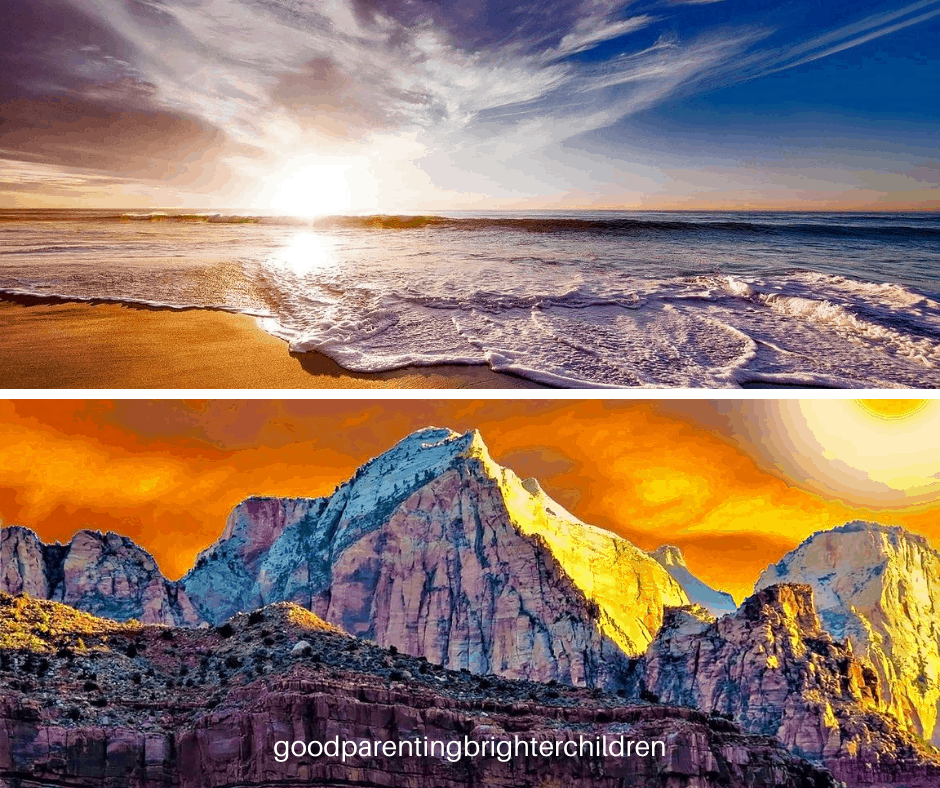
The photo at the top is of the Southern California beaches where we used to live. The picture below is of Zion’s National Park at sunrise in Utah where we now live. Both are beautiful places!
We no longer live near the ocean—we’ve left the comforts of being at sea level and traded them in for majestic mountain ranges and living at 5,000 feet above sea level. We have found that no matter where you live—there is something amazing to experience in nature.
What ocean activities do you do with your grandchildren? Please comment in the section below
Want to remember this post? Post, “9 Super Fun Ocean Activities for Grandkids & Grandparents” to your favorite Pinterest board!
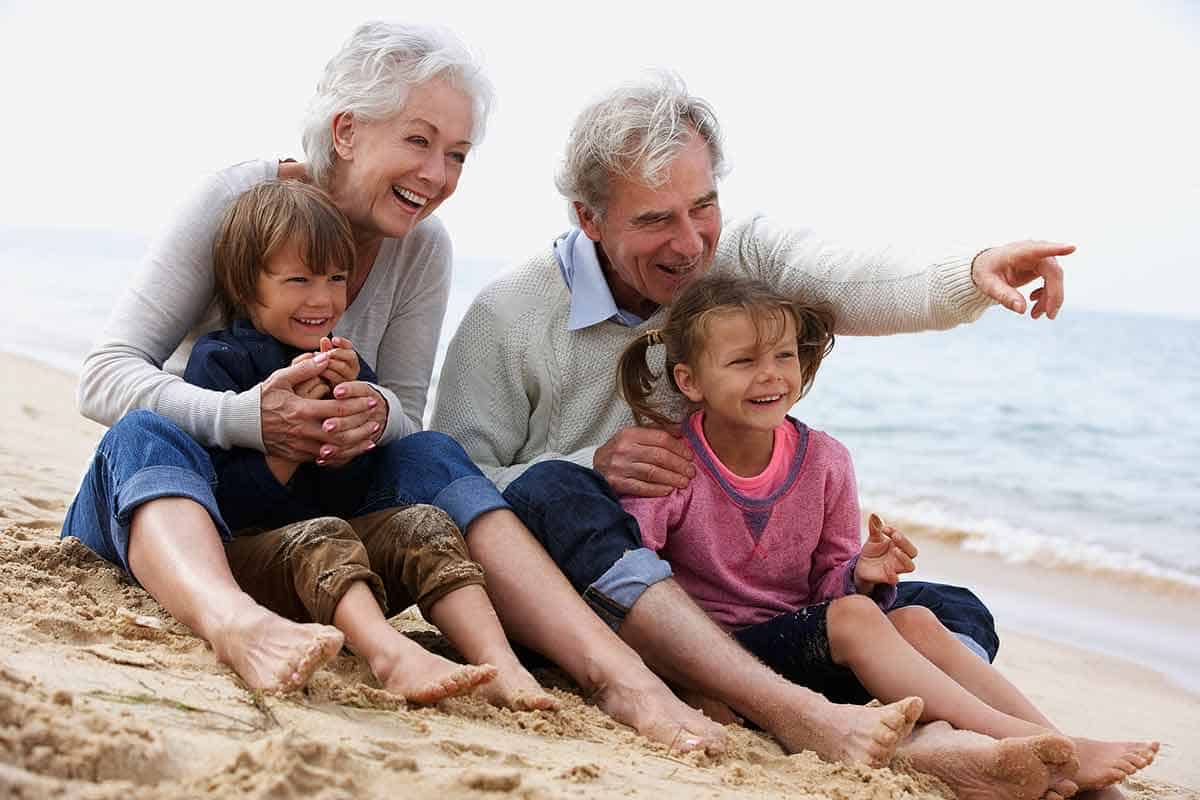
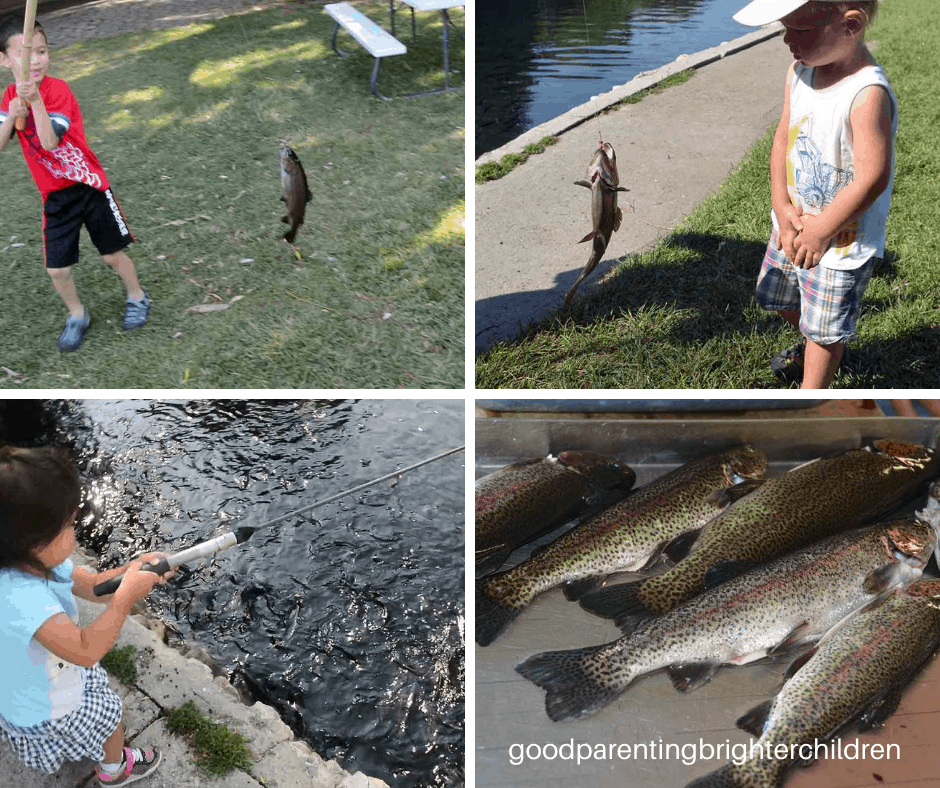
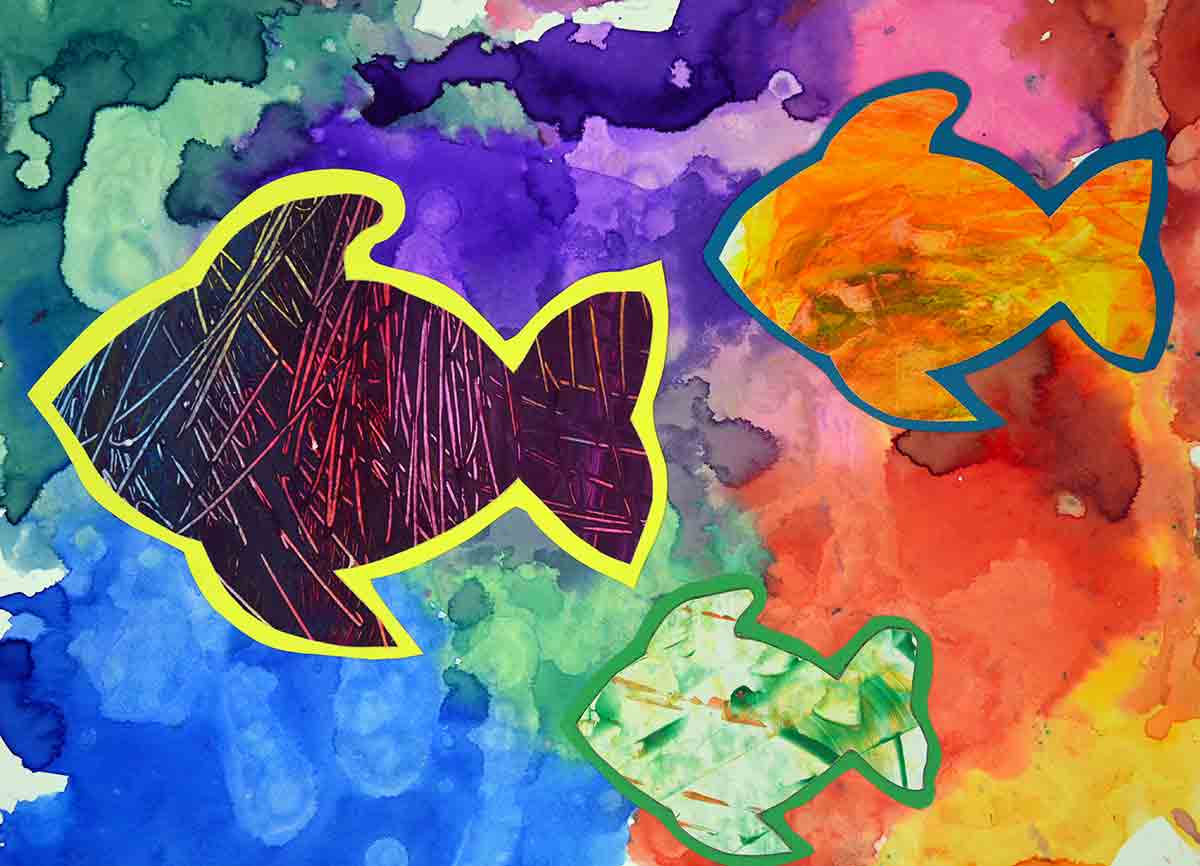
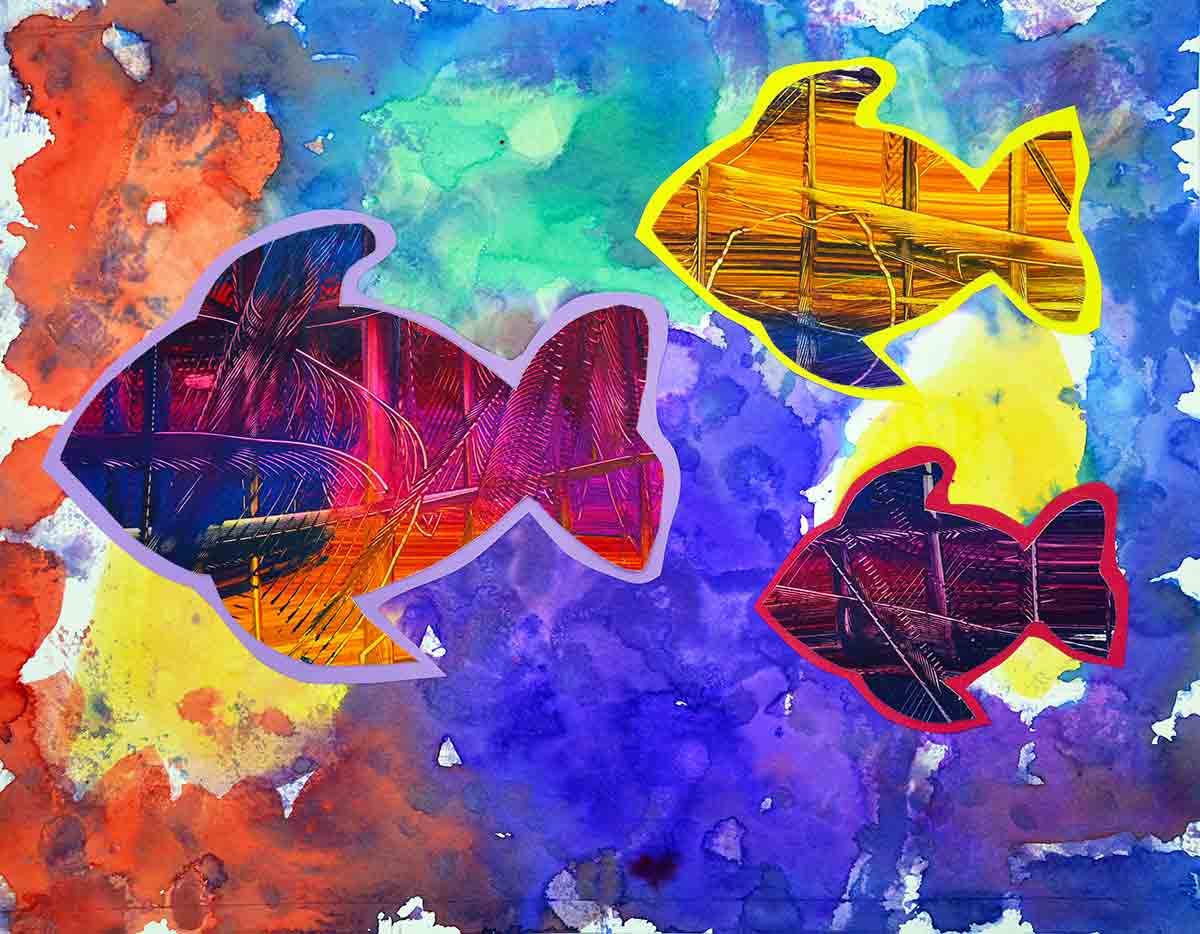
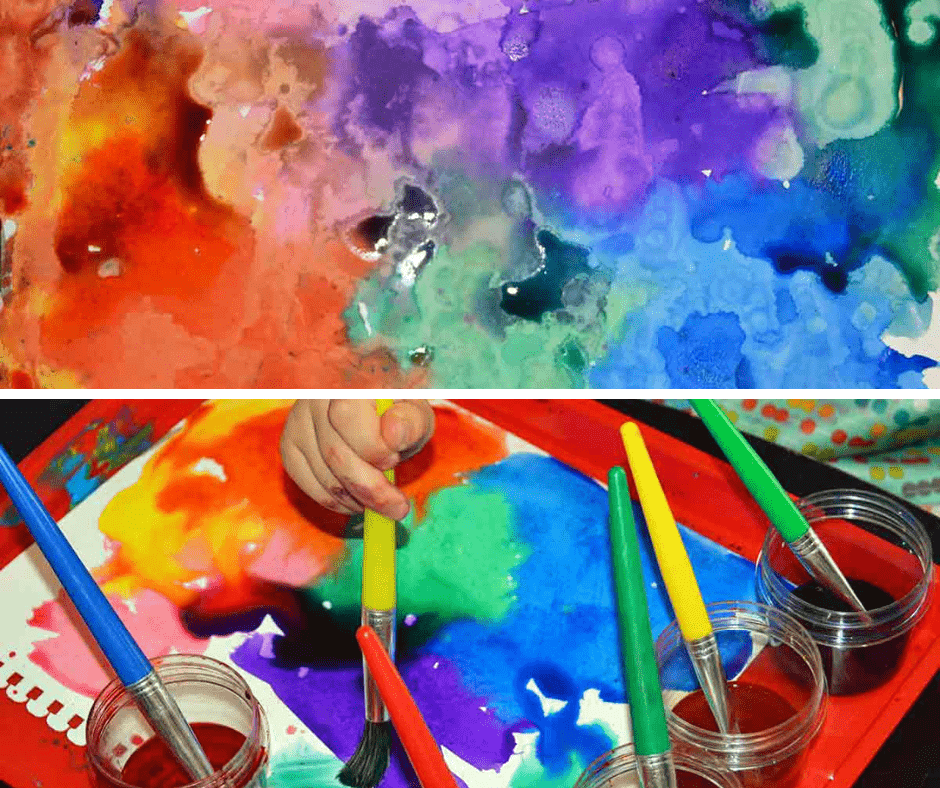
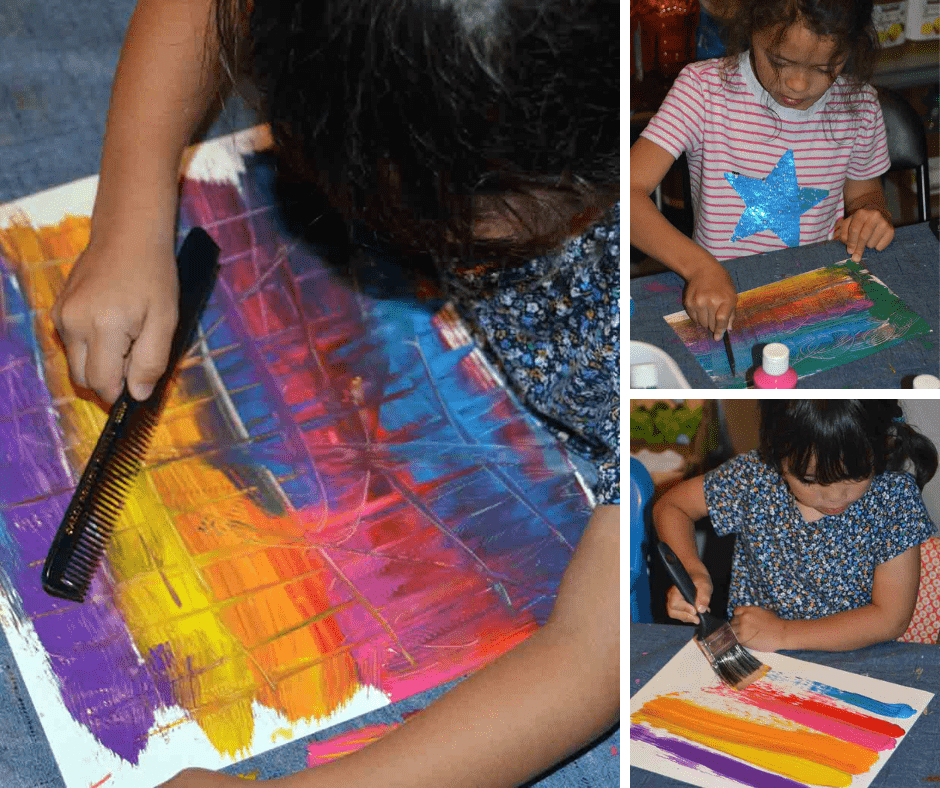
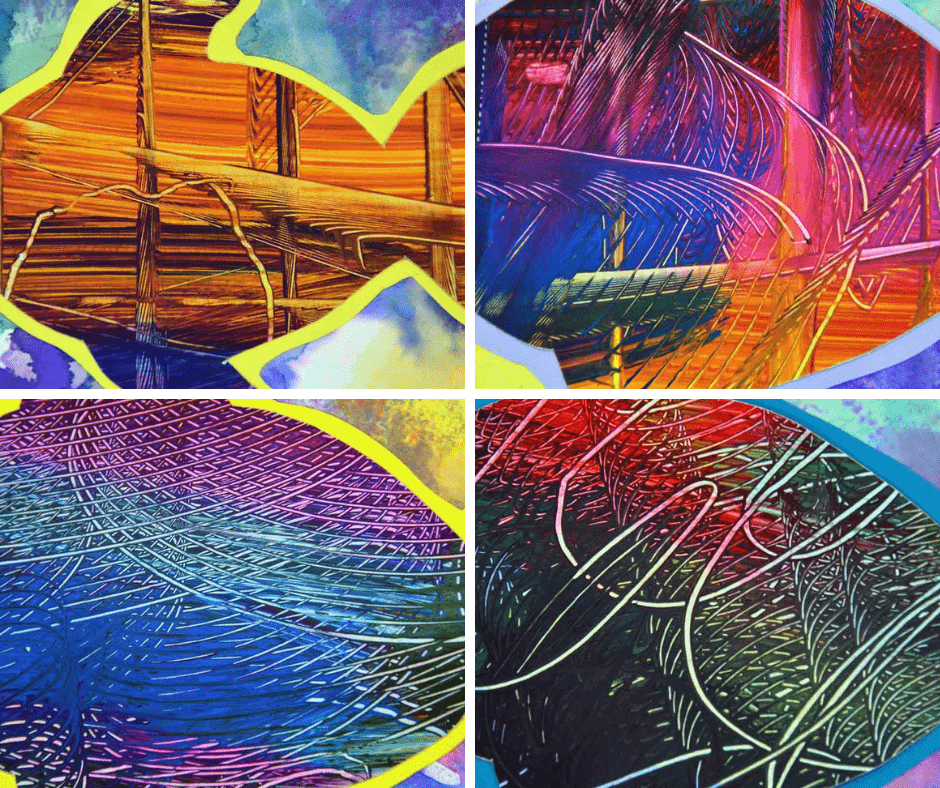
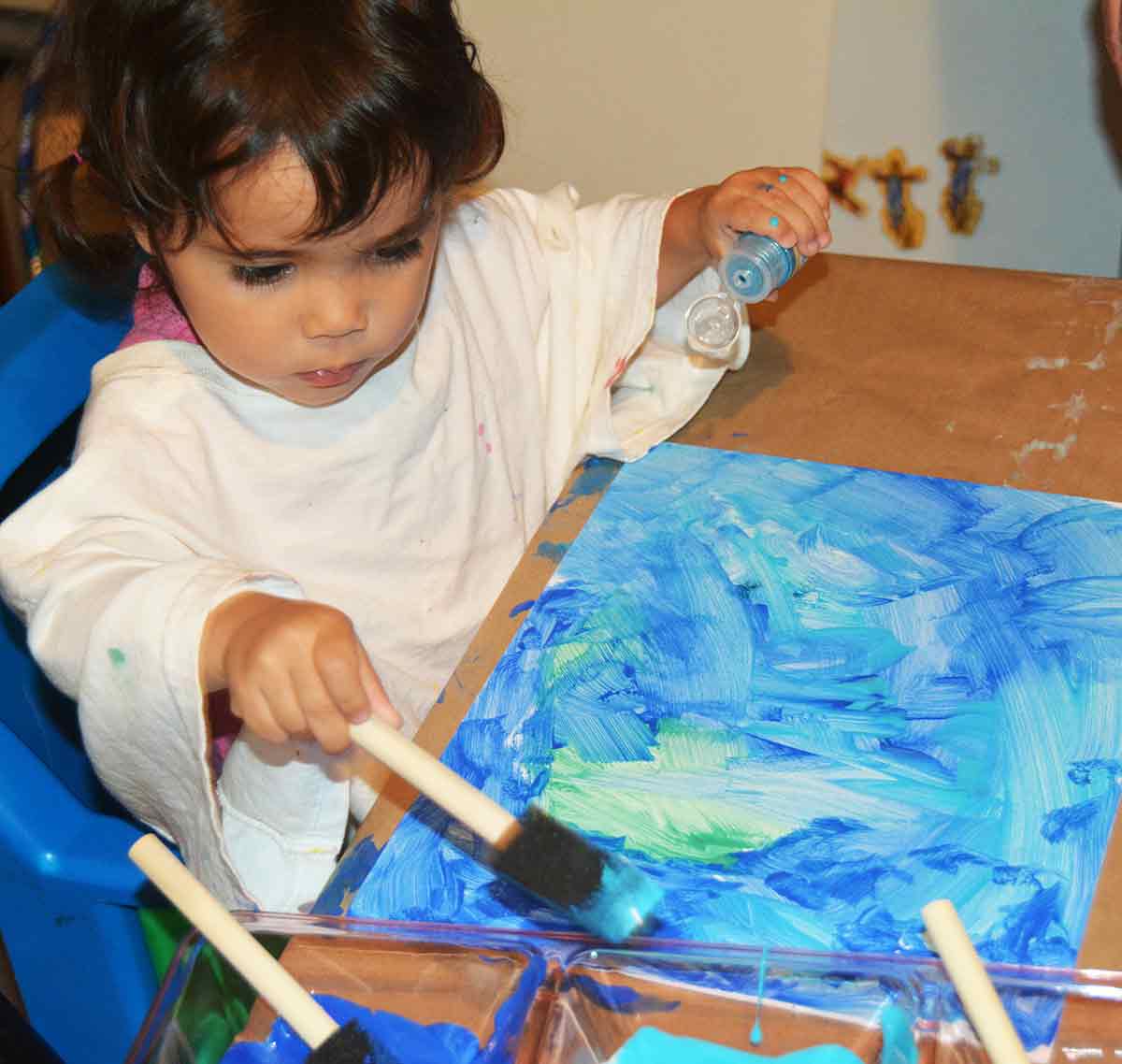

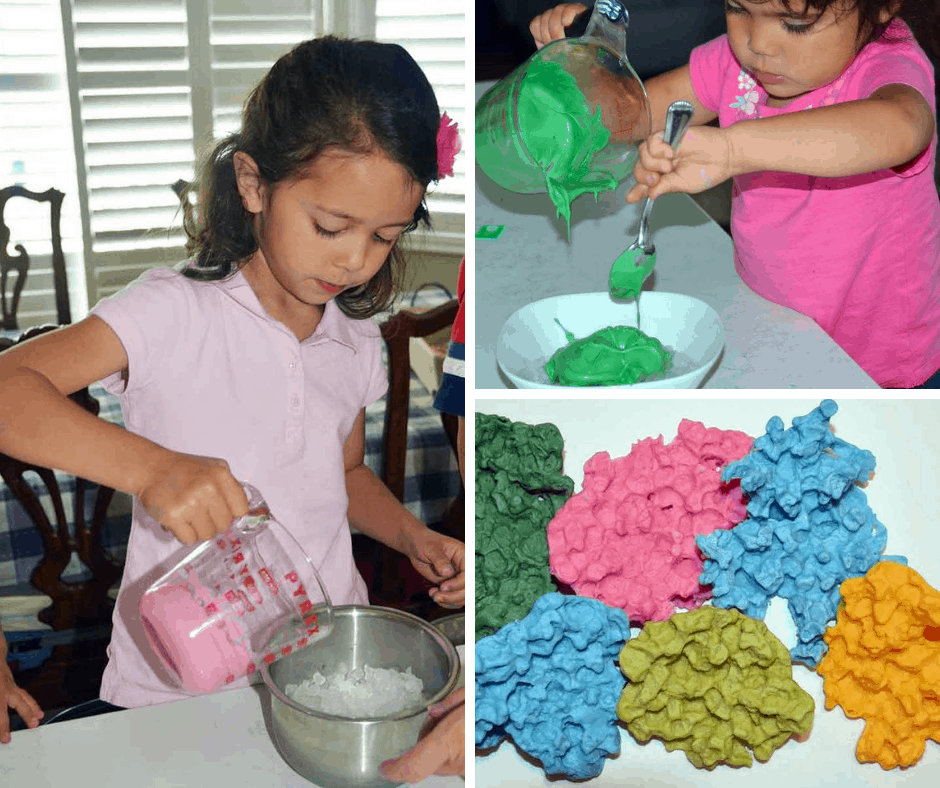
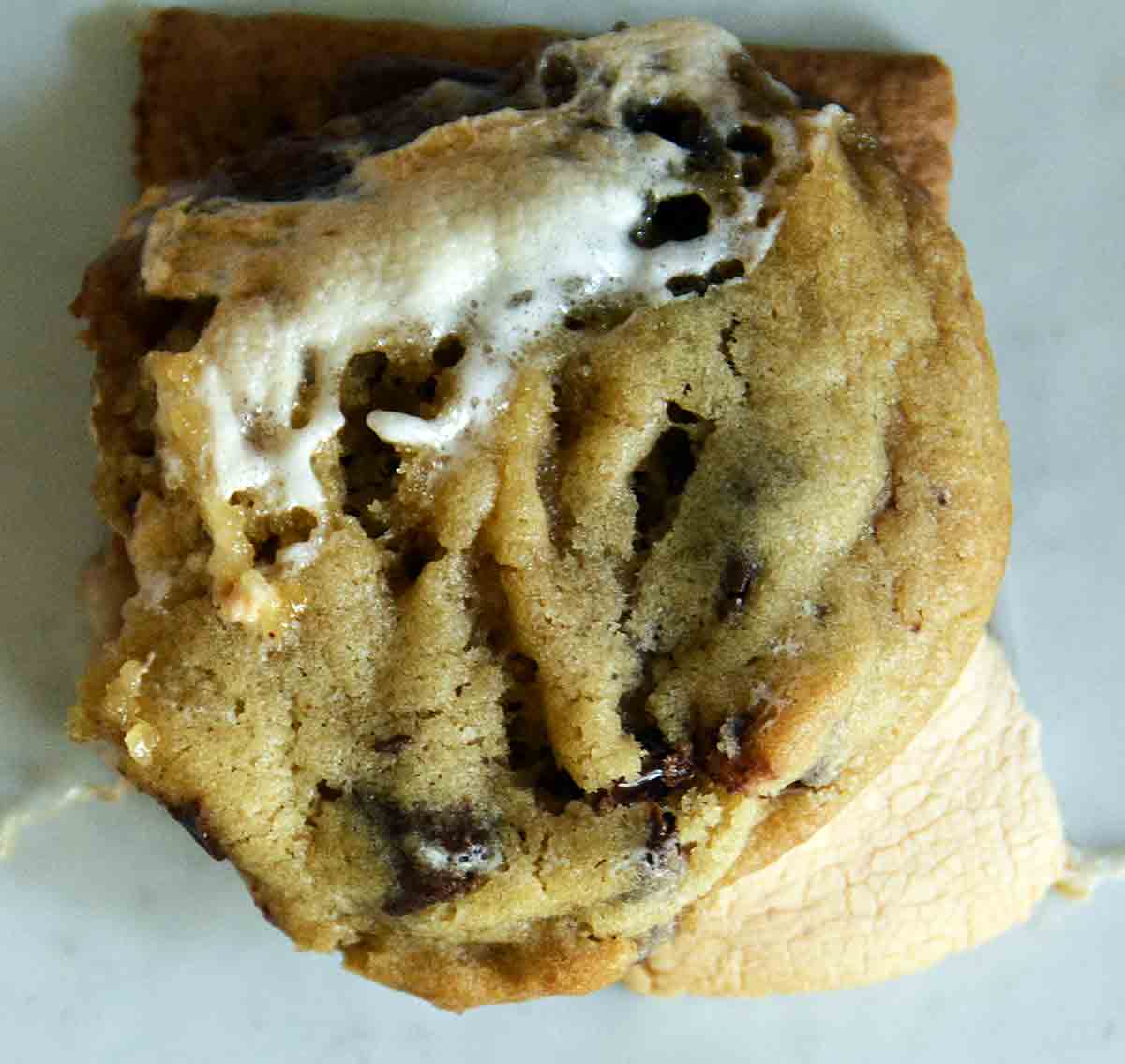
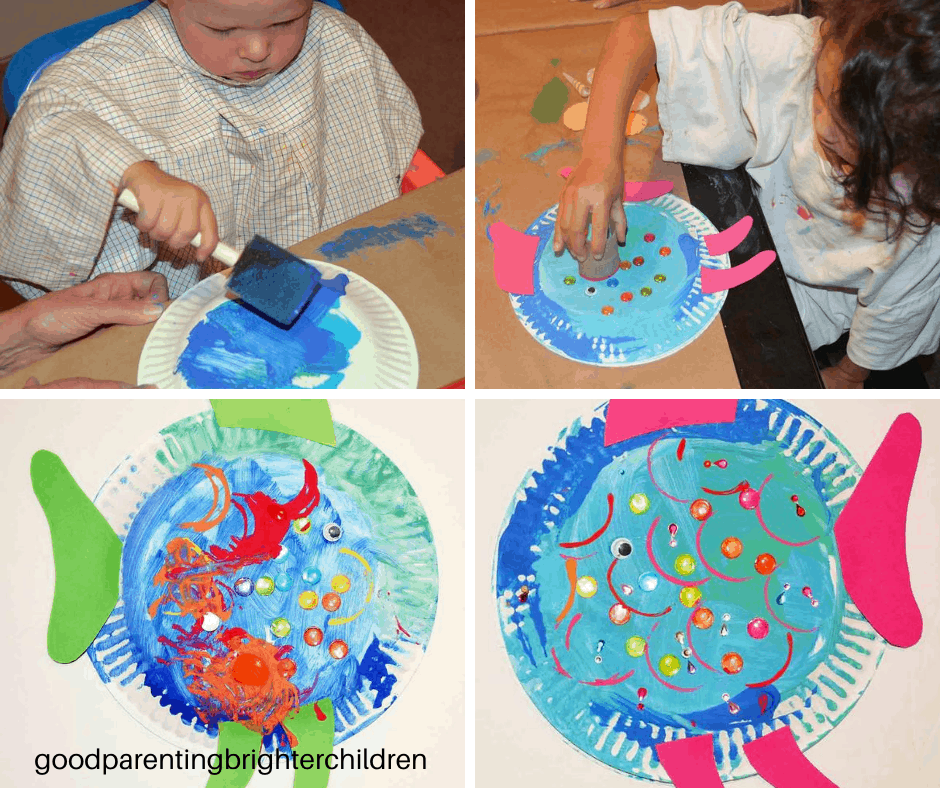

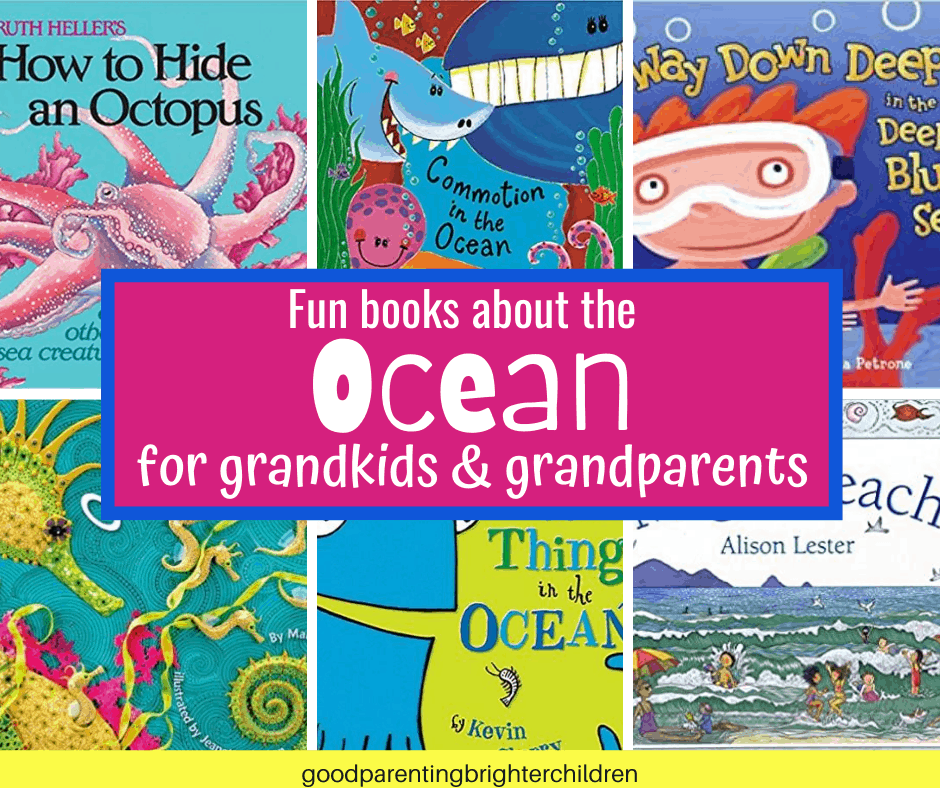
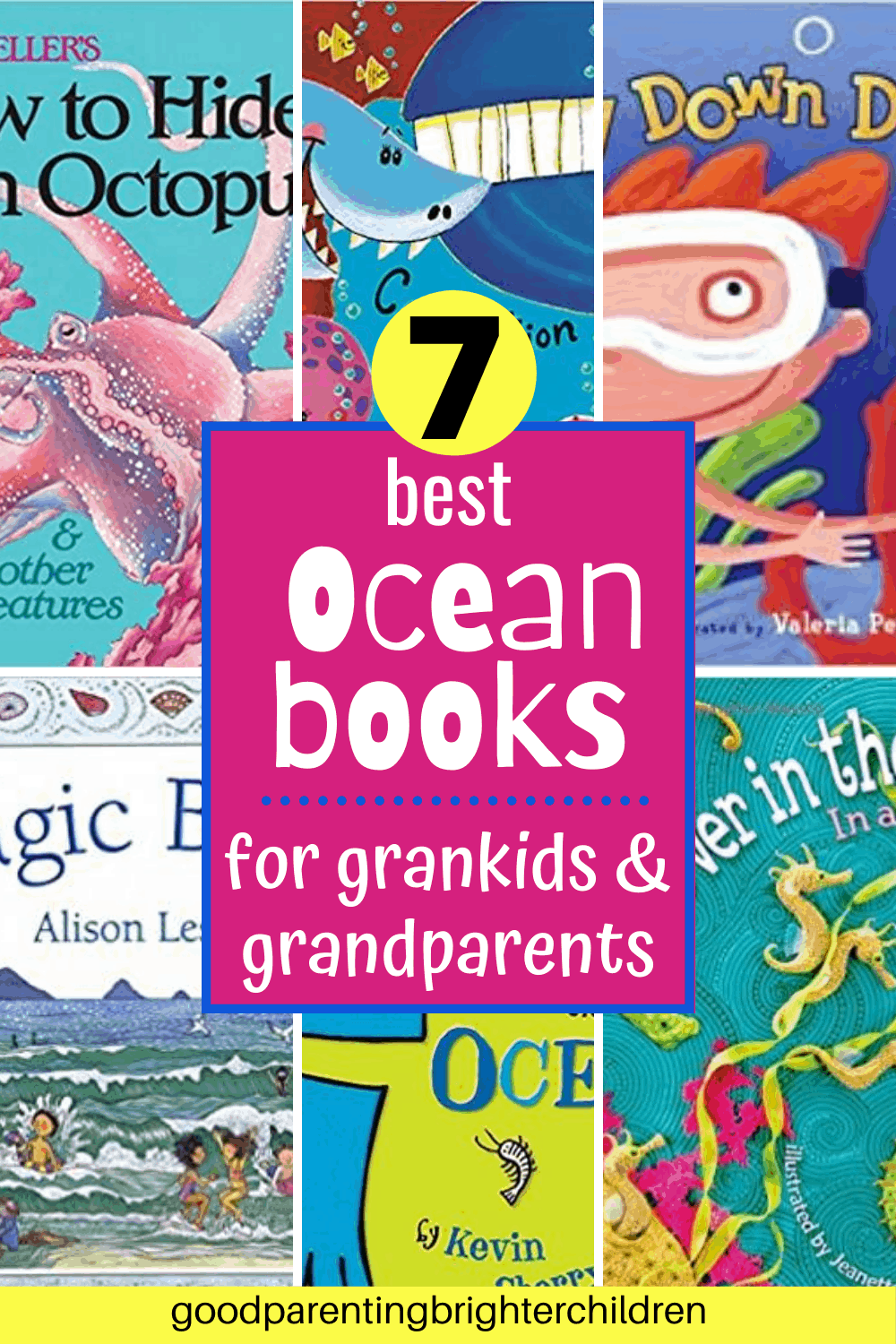
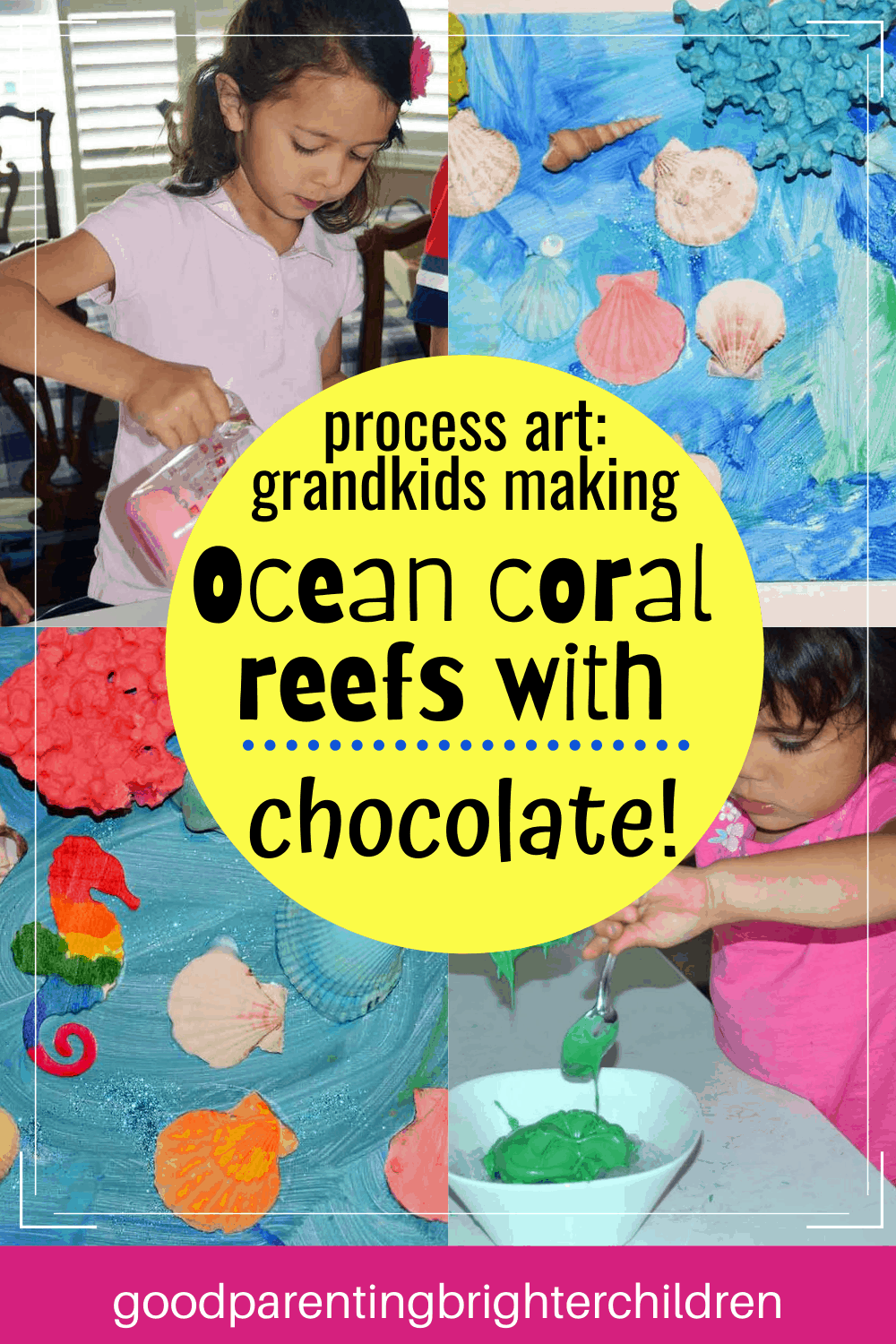
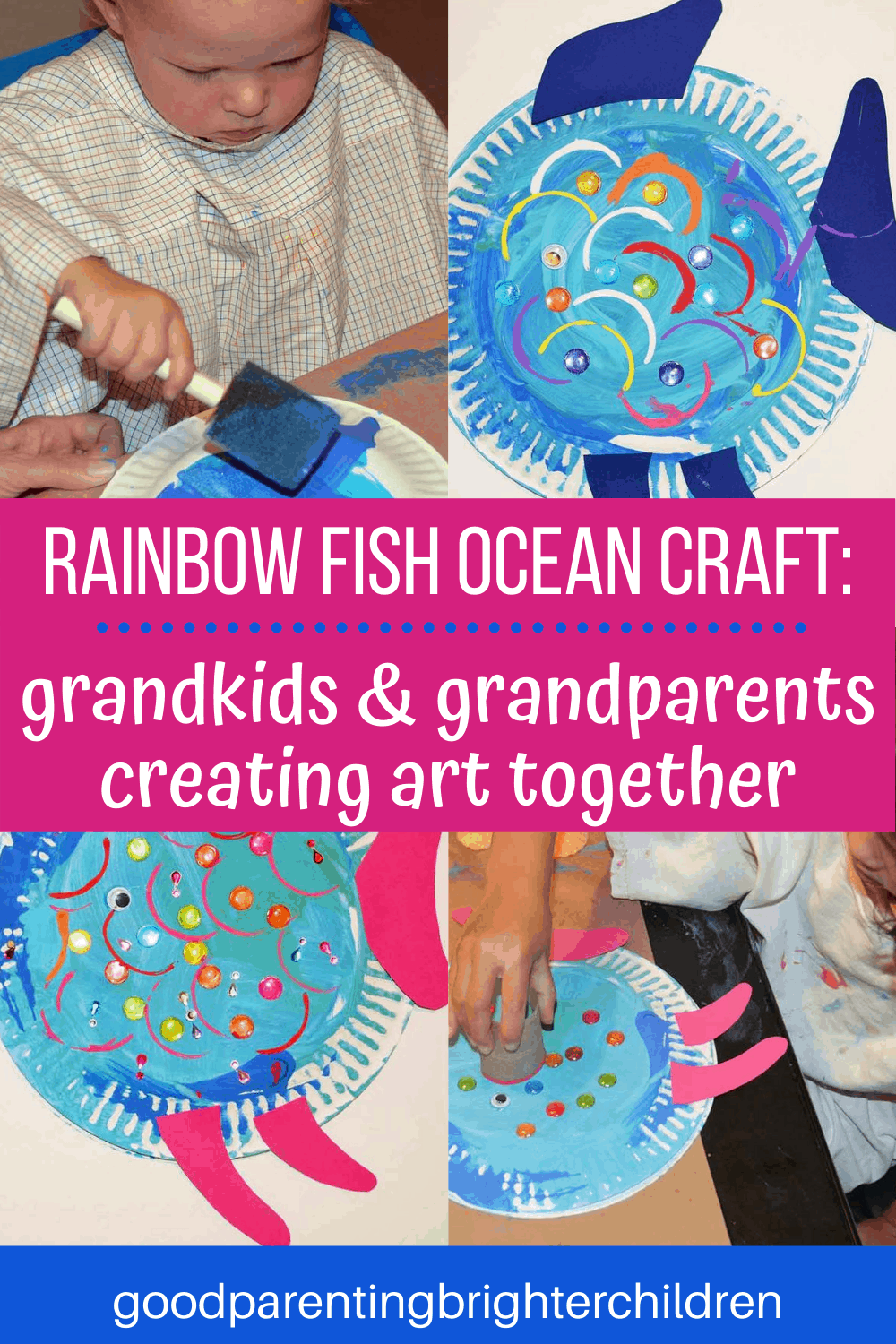


Your process art project came out phenomonal. I honestly had no idea you could dye seashells. I still have quite a few leftover from our beach getaway a few weeks ago and I really want to try out your method. I’m thinking of dyeing them teal and using them around the house to accessorize. Thank you for the idea! I’ve loved following along with all your weekly themes but this one is probably my favorite just because I’m a Florida girl who loves the ocean. So clever!
Thank you, Tiffany! You can dye seashells and you can also paint them. The grandkids painted them, too–but they liked dyeing them the best. With your crafting and design knowledge–you should definitely try dyeing seashells for your home–they would look amazing!